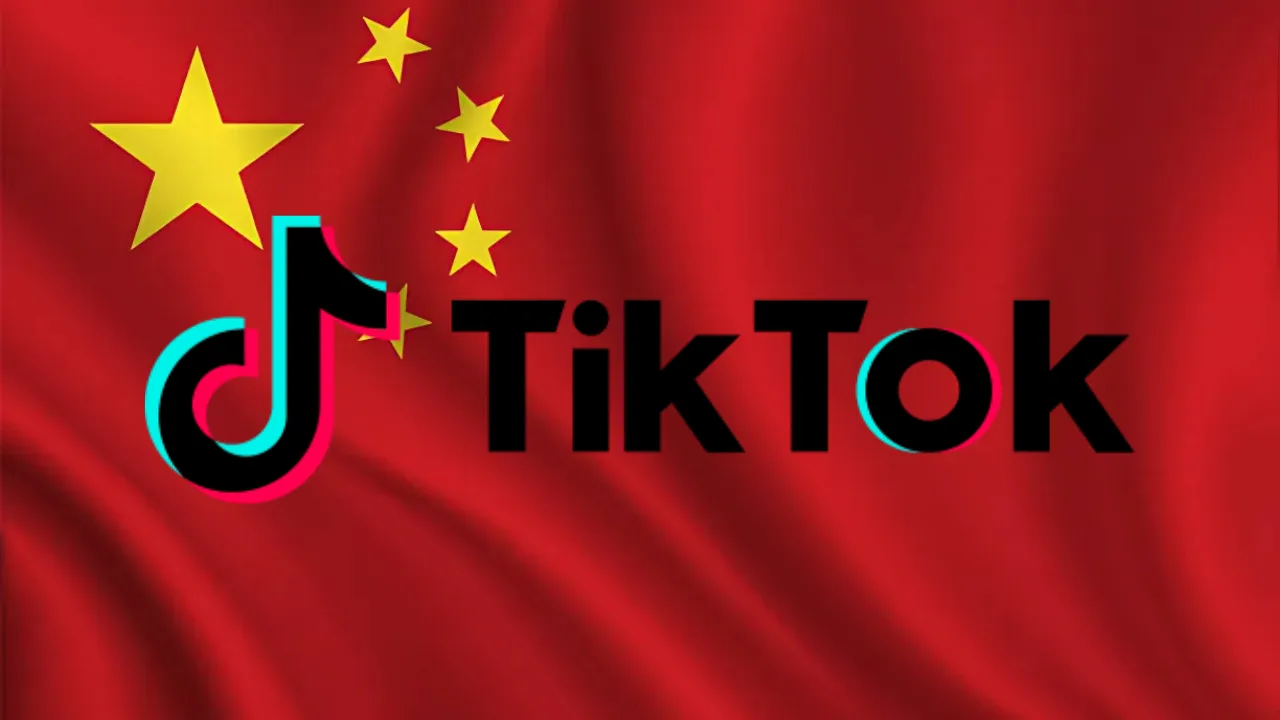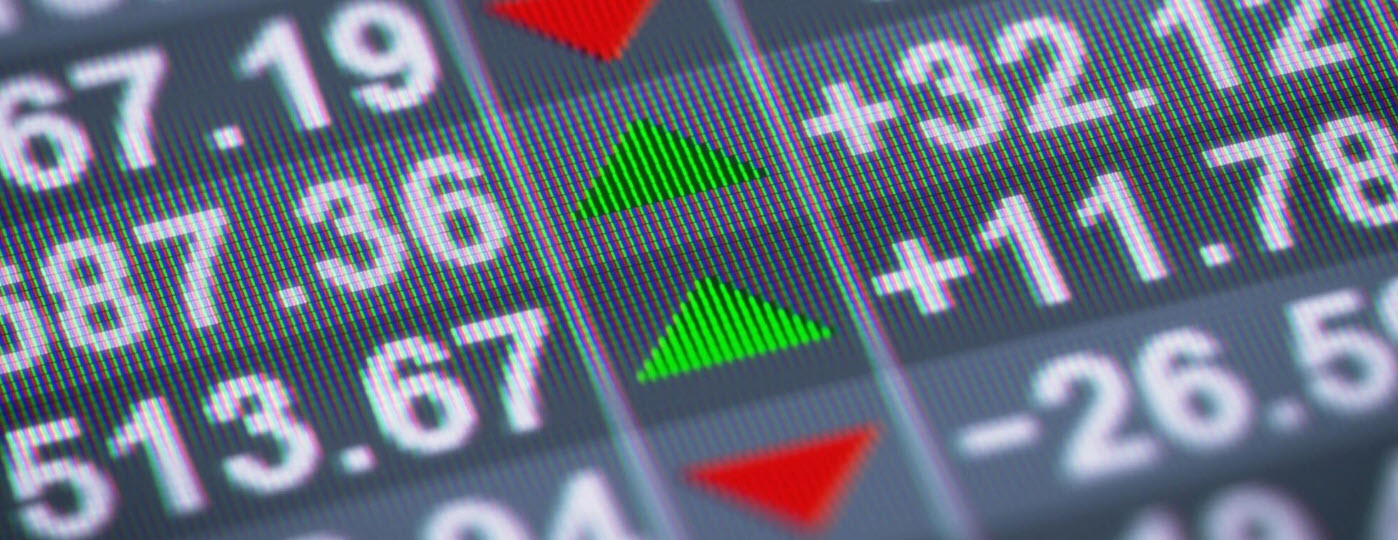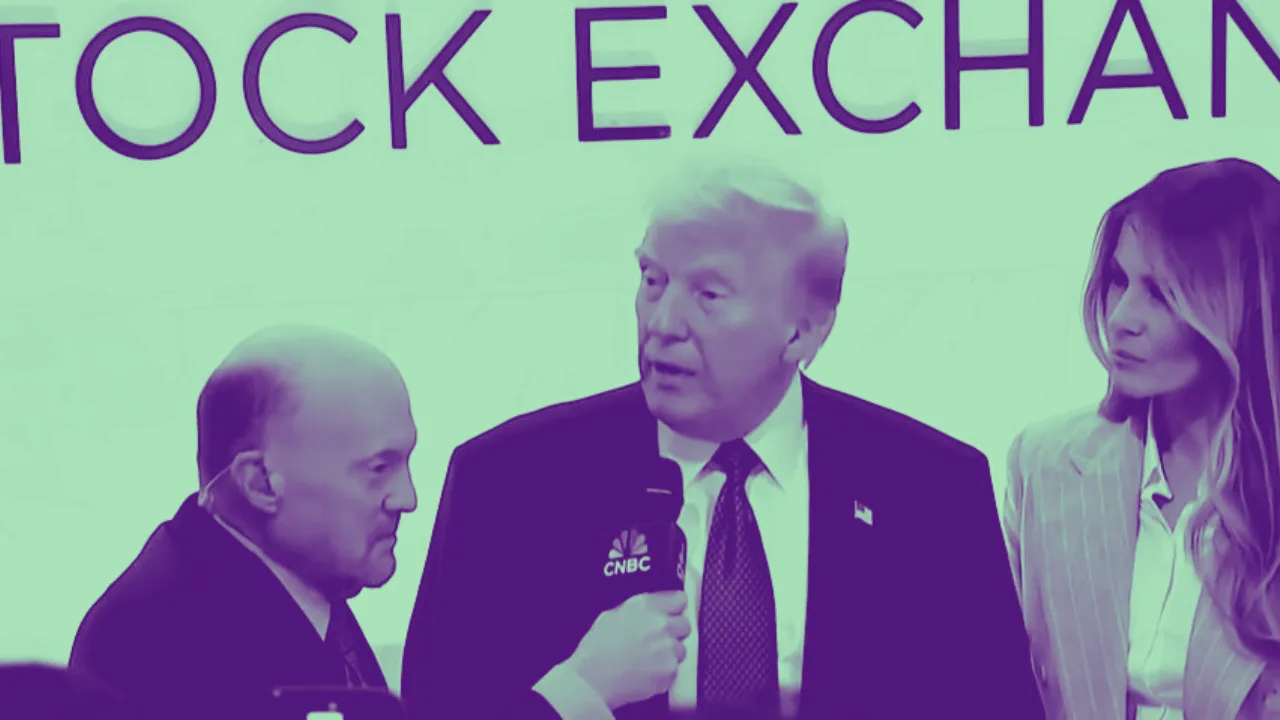TikTok, the wildly popular social media app, has become a cultural phenomenon in the United States. With over 170 million U.S. users, it’s a platform where people share everything from viral dance trends to business tips. However, its future in the U.S. hangs in the balance as national security concerns over its Chinese ownership intensify. The clock is ticking: by January 19, 2025, TikTok’s parent company, ByteDance, must sell its U.S. operations or face a nationwide ban. This article explores the legal, political, and economic stakes of this pivotal moment.
Background
TikTok’s rise to prominence has been meteoric. Owned by the Beijing-based company ByteDance, it has captivated users with its sophisticated algorithm that curates personalized content. However, its ties to China have raised red flags in Washington. Critics allege that the Chinese government could exploit the app to collect data on U.S. citizens or spread propaganda.
Concerns over TikTok are not new. In 2020, former President Donald Trump attempted to ban the app, citing national security risks. While those efforts stalled in court, they set the stage for today’s intensified scrutiny.
The Legal Battle
The passage of the Protecting Americans from Foreign Adversary Controlled Applications Act marked a significant escalation in efforts to address TikTok’s perceived risks. The law requires ByteDance to divest TikTok’s U.S. operations by early 2025. ByteDance, however, is fighting back in court, arguing that the law violates the First Amendment by restricting free speech without substantial evidence of harm.
In a major setback for ByteDance, a federal appeals court upheld the legislation. The company has now appealed to the Supreme Court, which is set to hear oral arguments on January 10, 2025. The outcome of this case could determine whether TikTok survives in the U.S.
The Political Landscape
Concerns about TikTok span party lines. Both Democrats and Republicans have raised alarms about the app’s potential to compromise national security. President Joe Biden has thus far upheld the tough stance, with the option to extend the divestiture deadline by 90 days still on the table.
Meanwhile, President-elect Donald Trump, who once called for TikTok’s ban, has softened his tone, suggesting a willingness to re-evaluate the situation. This political tug-of-war underscores the high stakes and the broader implications for U.S.-China relations.
Business and Technology Implications
The mandate for ByteDance to sell TikTok’s U.S. operations comes with significant challenges. China’s export controls complicate any transfer of TikTok’s proprietary algorithm, which is central to its success. Without this algorithm, TikTok’s user experience could be fundamentally altered, making it less appealing.
For businesses and influencers, a ban would be disruptive. Many rely on TikTok for marketing, brand building, and income. Losing access to the platform could force them to pivot to alternatives like Instagram Reels or YouTube Shorts, potentially reducing their reach and profitability.
Broader Implications
The TikTok saga is not just about one app—it’s a microcosm of the growing tension between the U.S. and China in the tech sector. A ban could exacerbate these tensions, signaling a tougher stance on Chinese technology companies.
Moreover, the case raises important questions about balancing national security with innovation and free speech. How should governments regulate global tech platforms without stifling competition or alienating users?
What’s Next?
Key dates loom large in TikTok’s uncertain future:
- January 10, 2025: The Supreme Court will hear arguments that could shape the app’s fate.
- January 19, 2025: Deadline for ByteDance to divest its U.S. operations or face a ban.
Possible scenarios include:
- ByteDance successfully divests TikTok’s U.S. operations.
- The Supreme Court rules in ByteDance’s favor, blocking the ban.
- The app is banned, forcing users and businesses to migrate to other platforms.
Conclusion
TikTok’s journey in the U.S. underscores the complexities of regulating technology in a globalized world. While its fate remains uncertain, the outcome will have far-reaching implications for users, businesses, and international relations. As this story unfolds, one thing is clear: TikTok’s impact on the digital landscape won’t be forgotten, regardless of what happens next.





